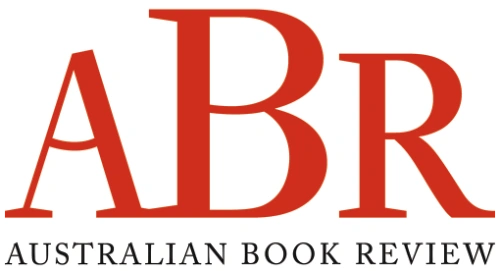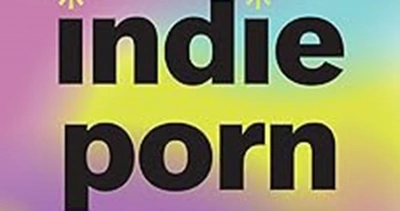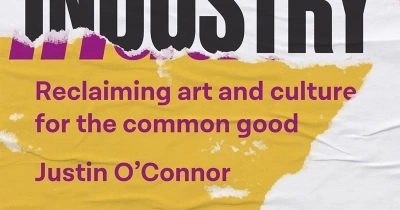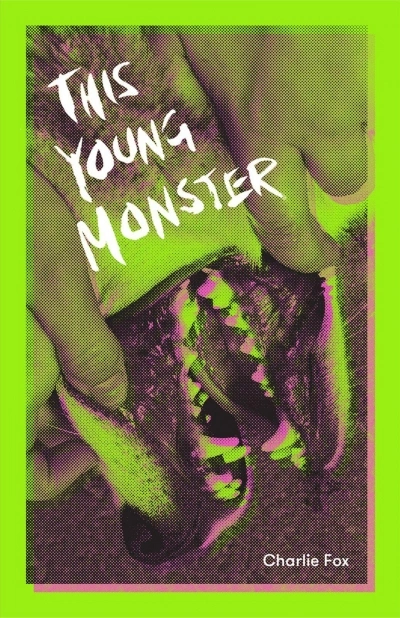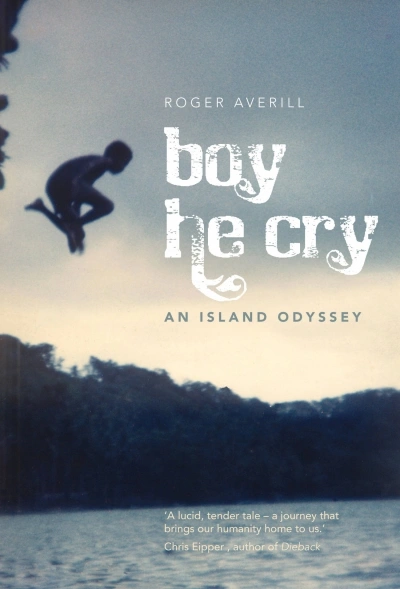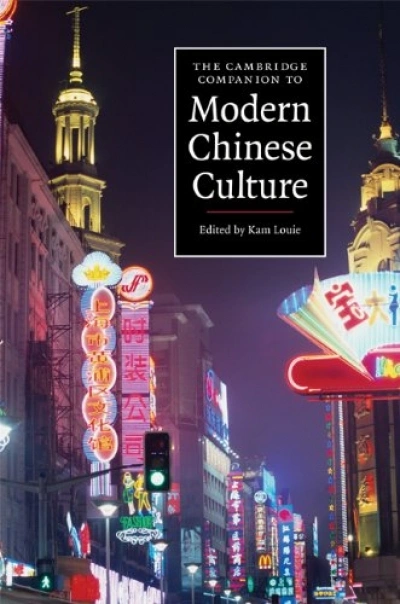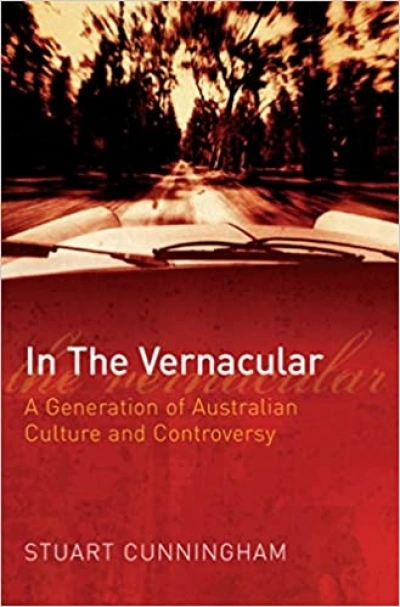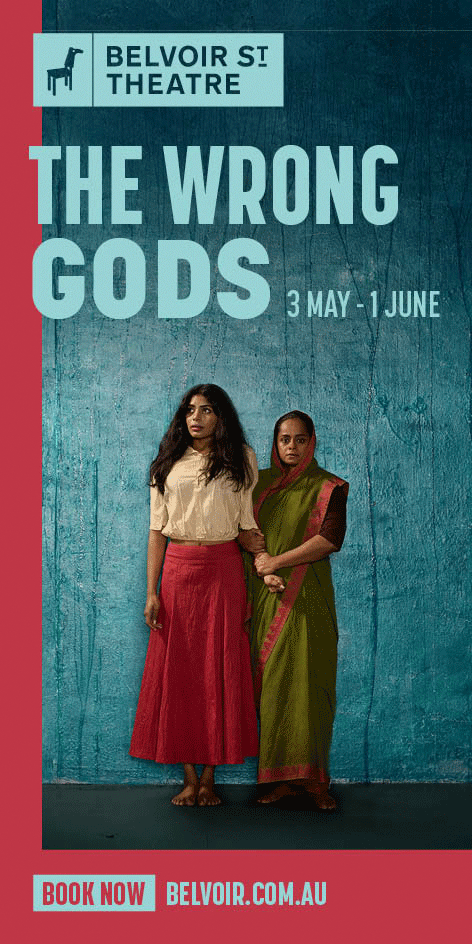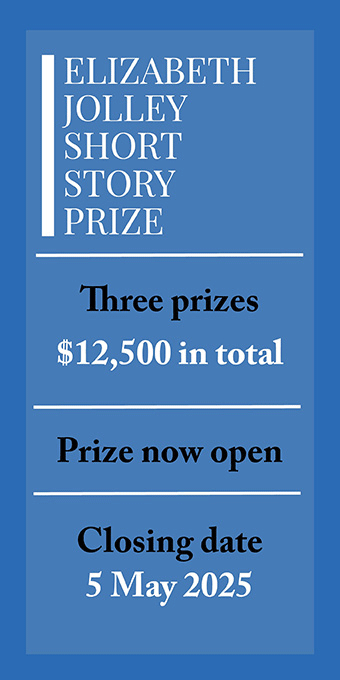Culture
Indie Porn: Revolution, regulation and resistance by Zahra Stardust
by Zora Simic •
Culture is Not an Industry: Reclaiming art and culture for the common good by Justin O’Connor
by Wilfrid Prest •
Battle for the Museum: Cultural institutions in crisis by Rachel Spence
by Gabriella Coslovich •
Masked Histories: Turtle Shell Masks and Torres Strait Islander People by Leah Lui-Chivizhe
by Ben Silverstein •
From Another Place: Migration and the politics of culture by Gillian Bottomley
by David Walker •
In the Vernacular: A generation of Australian culture and controversy by Stuart Cunningham
by Jake Wilson •
